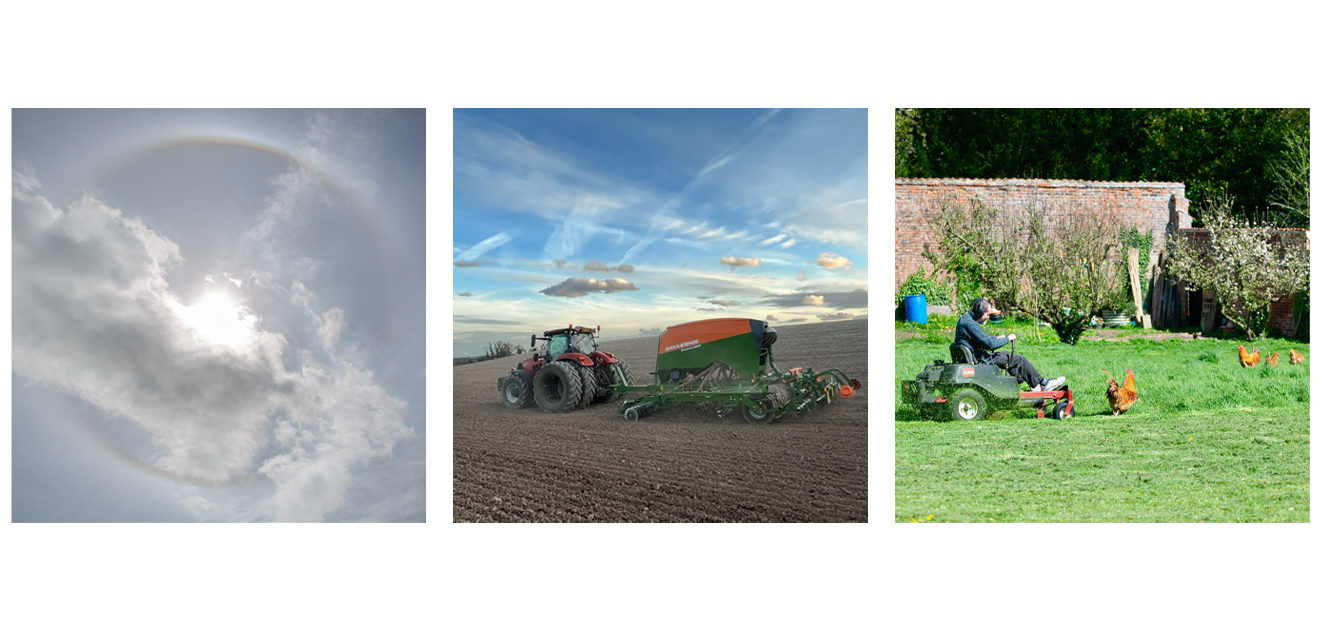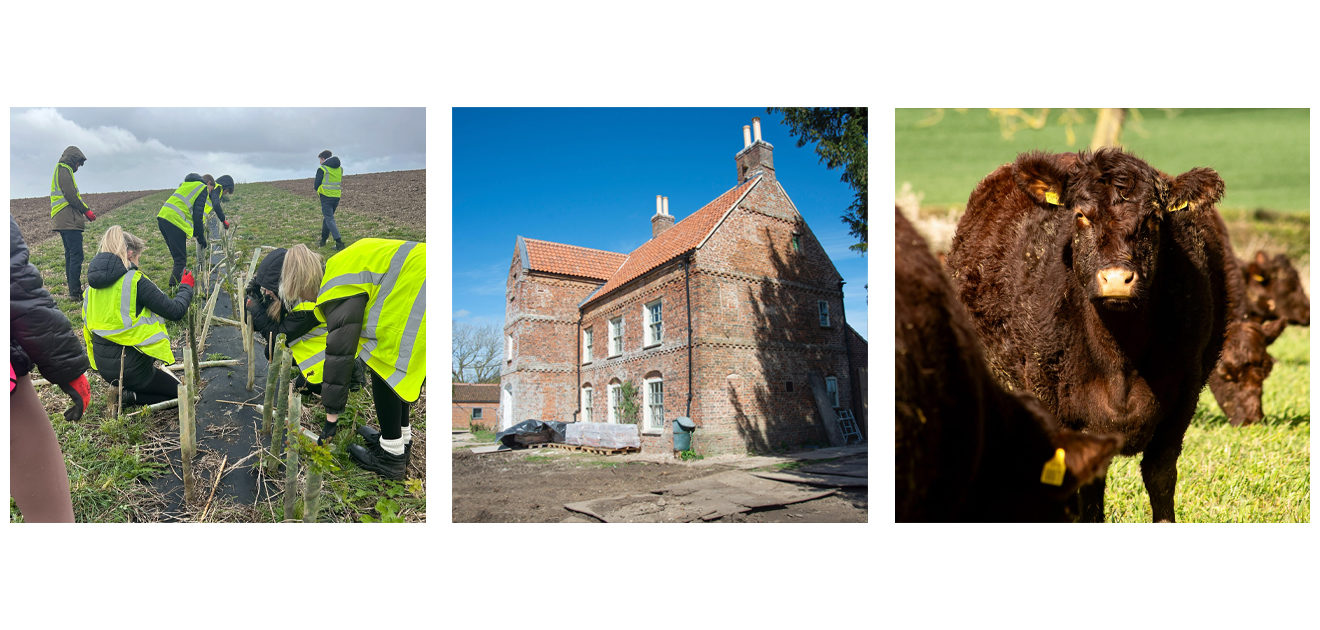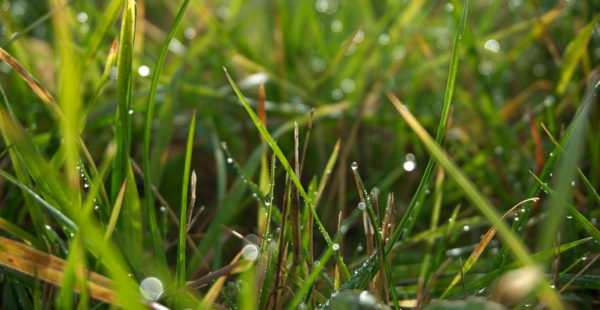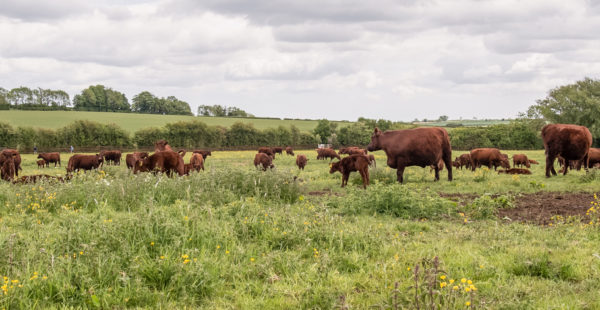A Week on the Estate: Leguminous Fixing, Marginal Work & Calving Season
Has anyone seen the Sun lately? You can’t miss him: he’s 1.4-million kilometres across and a bit of a gas-bag but generally warm-natured. If you bump into him, tell him to put his hat on and visit us so we can finish off the last bit of spring drilling. At the time of writing, the Met Office predicts an overnight low for us of 1C with a ‘feels like’ temperature of -2C. This time next month, we’ll probably we whingeing about the heat. We are British, after all, and farmers to boot.
This week’s manky weather aside, we’re only five weeks from meteorological summer, warmer weather is coming and life is bursting forth wherever we look. A profusion of cherry and apple blossom in the Walled Garden bodes well for this summer’s fruit crop, Jack Frost permitting. Out and about, Damian Furlong spotted a mute swan nesting on the Lake so hopefully we’ll have new cygnets soon. He also spotted a newt doing lengths in Miss Anne’s Garden.
Out on the arable land, Paul took some lovely pics of the last field of spring beans being drilled under a classic Lincolnshire sky. We’ve made one of these fields part of the ‘Pulse PEP’ project. The Performance Enhancement Programme lets working farmers share and improve practical know-how.
In practice, a ‘pulse’ is a bean, lentil or pea while the term ‘legume’ includes seeds and pods. Pulses end up on our dinner tables while legumes are used as nitrogen-fixing cover crops or animal feed. Leguminous crops allow farmers to fix nitrogen and nourish the land without recourse to synthetic fertilisers. They also give livestock farmers a home-grown, planet-friendly alternative to imported soya animal feed.







